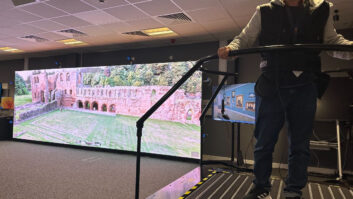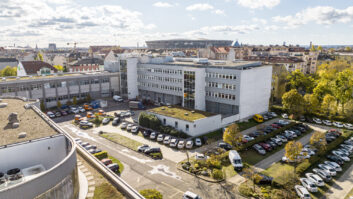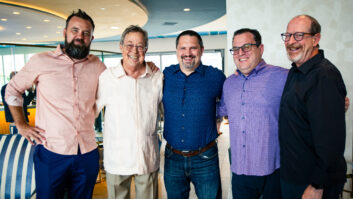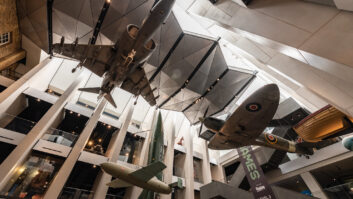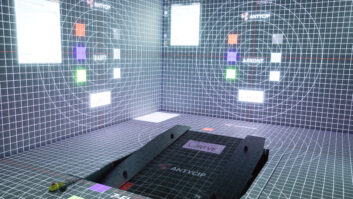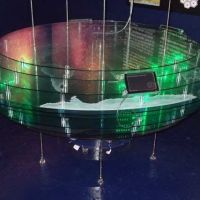
Mobile Magic exhibition celebrates the point from which Cable & Wireless Communications ran its undersea cables across the world, and looks to the future with a little help from Artistic Licence. In the far south-west of Cornwall, within a deep valley, lies a large white building and a small concrete hut – an incongruous setting for a site of historical national importance. Now forming the Porthcurno Telegraph Museum, this is the point from which Cable & Wireless Communications ran its undersea cables across the world, linking Britain with countries as far flung as Australia, China, Africa and South America. The myriad mobile phone calls that occur globally, 24 hours a day, travel via slender, fibre optic threads. A new permanent exhibition, Mobile Magic, at Porthcurno Telegraph Museum, sponsored by Cable & Wireless Communications and curated by David Dawson, uses Artistic Licence Engineering technology to illustrate how this works. The exhibition features an interactive table constructed from layers of plexi-glass, suspended from marine rigging and illuminated by strips of Artistic Licence LED Flexi-Strip. Named the Earthship and carrying the map of the world airbrushed onto its surface, the table’s shape was inspired by the sculptures of world-renowned St Ives artists Barbara Hepworth and Naum Gabo. Its purpose is to demonstrate how the global network of high capacity fibre optic cables facilitates international and long-distance mobile communications. Five touchscreen panels, each representing a geographic location, allow visitors to explore the network by sending messages from one location to another. Just as a mobile phone connects wirelessly to a base station, each touchscreen connects wirelessly to an Artistic Licence Engineering Two-Play unit. These in turn trigger the LEDs within the Flexi-Strip to replicate the manner in which the signals then travel along the path of undersea cables between countries. The table also illustrates – by changing the colours of the LEDs – what happens when natural or man-made disasters, such as tsunamis, pirate or shark attacks, disrupt normal routes, causing signals to be diverted along different routes around the globe. Sensor scripts were written for each touch screen unit to alter the colour of the LED strip between each location: green LEDs indicate a ‘Get In Touch’ signal and normal message transmission; a potential disaster indicator turns the LEDs red, while a subsequent alternative route is shown in blue. This created a complex system requiring bespoke programming of Artistic Licence’s Two-Play record and playback unit and an Art-Pipe low-voltage LED dimmer, with all signals being transported via Artistic Licence’s Art-Net. The result is a piece of cutting-edge technology which, says the museum, also invites people to predict the future of communications. www.ArtisticLicenceEngineering.com
